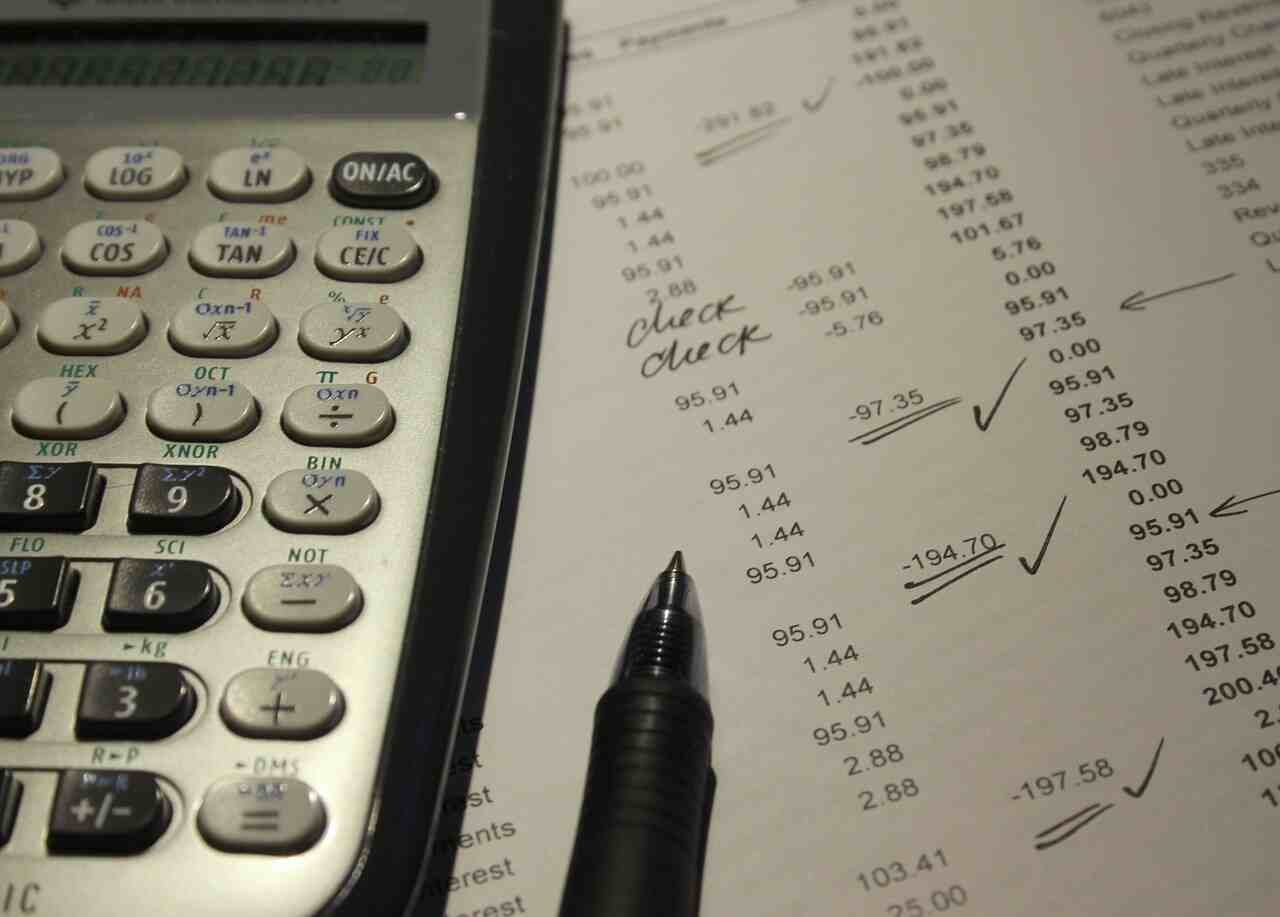Economic Depreciation
Economic depreciation is a measure of the decrease in the market value of an asset over time due to influencing economic factors. This form of depreciation typically affects real estate, which can lose value for several reasons, such as adding unfavorable construction near a property, closing roads, lowering the quality of a neighborhood, or other negative influences.
Economic depreciation is different from accounting depreciation. In accounting depreciation, an asset is recognized as an expense over a specified period, according to an established schedule.
Economic depreciation can be seen as an impairment suffered by an asset under the influence of external economic factors. In the broad sense, obsolescence is accelerated by the phenomena of psychological depreciation (fashion, advertising); it is then often planned.
Simply: in economics, a depreciation is a loss of value of a good, or more generally of a currency.
Obsolescence is an economic phenomenon characterized by the qualitative or functional depreciation of material, of a production good, of a commodity, the cause of which is not physical wear but innovation or inadequacy into new needs.
Models
In economics, the value of a capital asset may be modeled as the present value of the flow of services the asset will generate in future, appropriately adjusted for uncertainty. Economic depreciation over a given period is the reduction in the remaining value of future goods and services.
Under certain circumstances, such as an unanticipated increase in the price of the services generated by an asset or a reduction in the discount rate, its value may increase rather than decline. Depreciation is then negative.
Depreciation can alternatively be measured as the change in the market value of capital over a given period: the market price of the capital at the beginning of the period minus its market price at the end of the period.
Such a method in calculating depreciation differs from other methods, such as straight-line depreciation in that it is included in the calculation of implicit cost, and thus economic profit.
Modeling depreciation of a durable as delivering the same services from purchase until failure, with zero scrap value (rather than slowing degrading and retaining residual value), is referred to as the light bulb model of depreciation, or more colorfully as the one-hoss shay model, after a poem by Oliver Wendell Holmes, Sr., about a carriage which worked perfectly for exactly one hundred years, then fell completely apart in an instant.
National accounts
In macroeconomics, the depreciation of goods or factors of production is a member of the depreciation of the capital stock. It is then deducted from the gross investment to form the net investment which allows the accumulation of capital.
In national accounts, the decline in the aggregate capital stock resulting from the use of fixed assets in production is called consumption of fixed capital (CFC).
Thus, CFC is equal to the difference between aggregate gross fixed capital formation (gross investment) and net fixed capital formation (net investment) or between gross national product and net national product.
Unlike depreciation in business accounts, the CFC in national accounts is, in principle, not a method of allocating the costs of past capital expenditures over subsequent accounting periods. Rather, fixed assets at a given point in time are valued based on the remaining benefits to be derived from their use.
Regarding the exchange rate of a currency
The depreciation of a currency corresponds to a fall in its exchange rate vis-à-vis one or more other currencies (generally a basket of other currencies constructed by weighting the weights of the respective trade with other countries).
A depreciation of the Euro against the yen thus corresponds to a fall in the value of the Euro denominated in yen. For example, 1 Euro which was worth 115 Yen is now worth only 108 Yen.
Another example, if the GBP / USD pair is listed at 1.2700, that means you would pay $ 1.27 for £ 1.
If the GBP / USD price rose from 1.2700 to 1.5000, then it looks like the dollar would have depreciated and the pound would have appreciated. This is because you would need more dollars to buy the same amount of books. It can also be said that the pound has strengthened and the dollar has weakened.
The depreciation of a currency makes the exports of the countries which use this currency more competitive, that is to say less expensive on the international markets. On the other hand, the price of imports is increasing.
The fact that a currency is particularly depreciated (that is to say that its exchange rate is low compared to its economic fundamentals) is most often not a sign of good economic health.
For the real estate sector
Depreciation is a loss in value caused by deterioration, obsolescence (functional obsolescence) or a cause external to the building (economic obsolescence).
Depreciation only affects improvements (buildings and other improvements) and not the land. The latter is in fact always evaluated according to its optimal use and any loss in value due to the incongruity of the land-building connection is attributed to the building. The latter can in fact be demolished, leaving the land with the optimum value it can have depending on its attractiveness on the market while remaining subject to town planning regulations.
To take depreciation into account in the accounting documents, depreciation is used.
Depreciation as an economic concept
It distinguishes between “the value of the stock of capital assets and the annual value of that asset’s services, distinguishing between depreciation and inflation as sources of the change in asset value, and distinguishing between the depreciation in asset values and deterioration in an asset’s physical productivity.”
Depreciation is the cost of the stock of capital assets allocated over their service lives in proportion to estimates of their service lives, net of maintenance and repair costs.
“In theory, the service life used in determining the allocation is the physical life-the length of time it is physically possible to use the asset. In some instances, this is longer than the economic life-the length of time it is economically feasible to use the asset. (The service life estimate does not)… reflect the effect of obsolescence. … (and)… charged when the asset is retired. The reason for this treatment is that obsolescence has little if any effect on the time pattern of services provided by the asset before retirement, even though it is a determinant of the timing of retirement. The charge for obsolescence at retirement writes off the remainder of the asset as a component of capital consumption and in effect replaces the physical life with the economic service life”.
Economic depreciation, therefore, is “the decline in asset price (or shadow price) is due to aging and varies with age” Economic depreciation is also characterized by an ” age-price relationship in which the largest rate of price decline occurs in the early years of asset life”.
The depreciation write-off permitted for tax purposes may also diverge from that of economic depreciation or “real” depreciation rates. The key factor is the estimate of “economic service life”. Economic depreciation can, however, be estimated with “sufficient precision to be useful in policy analysis”.
Economic analysis of growth and production, as well as the distribution of income, requires accurate estimates of capital stocks and of capital income. The estimation of capital stocks in turn requires an estimate of the quantity of capital used up in production, and the estimation of capital income requires an estimate of the corresponding loss in capital value. Thus, even if depreciation policy ignores economic depreciation, we must still try to measure economic depreciation for use in national income and wealth accounting.
How does economic depreciation work?
In economics, depreciation is a measure of the amount of value an asset loses due to influencing factors that affect its market value. Asset owners may more accurately view economic depreciation than book depreciation if they are looking to sell an asset at market value.
Economic depreciation affects the sale value of an asset in the market. It can be monitored and controlled by the asset owners. In business accounting, economic depreciation is generally not shown in financial statements for significant capital assets, as accountants generally use book value as the primary method of reporting.
Several situations to take into account
There may be several scenarios in which economic depreciation is taken into account in the financial analysis. Real estate is one of the most common examples, but analysts can consider it in other situations as well. Economic depreciation can also be a factor in forecasting future income and business development for goods and services.


